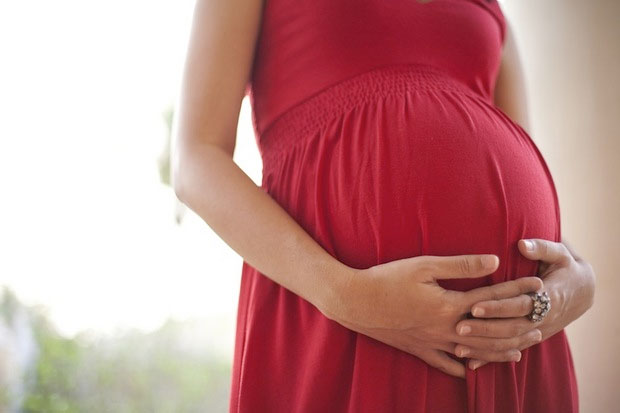Births to Unmarried Couples Drop

The number of children born outside of marriage in the United States has declined in recent years, according to a new report from the Centers for Disease Control and Prevention.
In 2013, there were about 1.6 million births to unmarried U.S. women, which was the lowest number since 2005, and 7 percent lower than the all-time peak in 2008, when there were about 1.7 million births outside of marriage, the report said.
Overall, about 4 in 10 births in the United States in 2013 were to unmarried women. [7 Facts About Home Births]
The drop in births outside of marriage in part reflects the overall decline in U.S. birth rates in recent years, as well as a decline in teen birth rates, the report said. Among teens ages 15 to 17, the birth rate for unmarried women dropped 30 percent between 2007 and 2012.
In contrast, there was an increase in births to unmarried women in their late 30s and early 40s: Between 2007 and 2012, the birth rate increased 7 percent among unmarried women ages 35 to 39, and 29 percent among unmarried women ages 40 to 44, the report said.
Births to women who live with their partner, but are not married (called cohabiting) are also on the rise. In 2002, 41 percent of births outside of marriage were to cohabiting couples, but in the period between 2006 and 2010, 58 percent of births outside of marriage were to cohabiting couples, the report said. About half of births to cohabiting couples were intended (rather than from unintended pregnancy).
"While cohabiting unions tend to be less stable than marriages, nonetheless, one-half of births to cohabiting women were intended," the researchers wrote in the report, from the CDC's National Center for Health Statistics. "This may suggest a higher level of social and financial support within a cohabiting union for the mother and her child."
Get the world’s most fascinating discoveries delivered straight to your inbox.
Follow Rachael Rettner @RachaelRettner. Follow Live Science @livescience, Facebook & Google+. Original article on Live Science.

Rachael is a Live Science contributor, and was a former channel editor and senior writer for Live Science between 2010 and 2022. She has a master's degree in journalism from New York University's Science, Health and Environmental Reporting Program. She also holds a B.S. in molecular biology and an M.S. in biology from the University of California, San Diego. Her work has appeared in Scienceline, The Washington Post and Scientific American.


